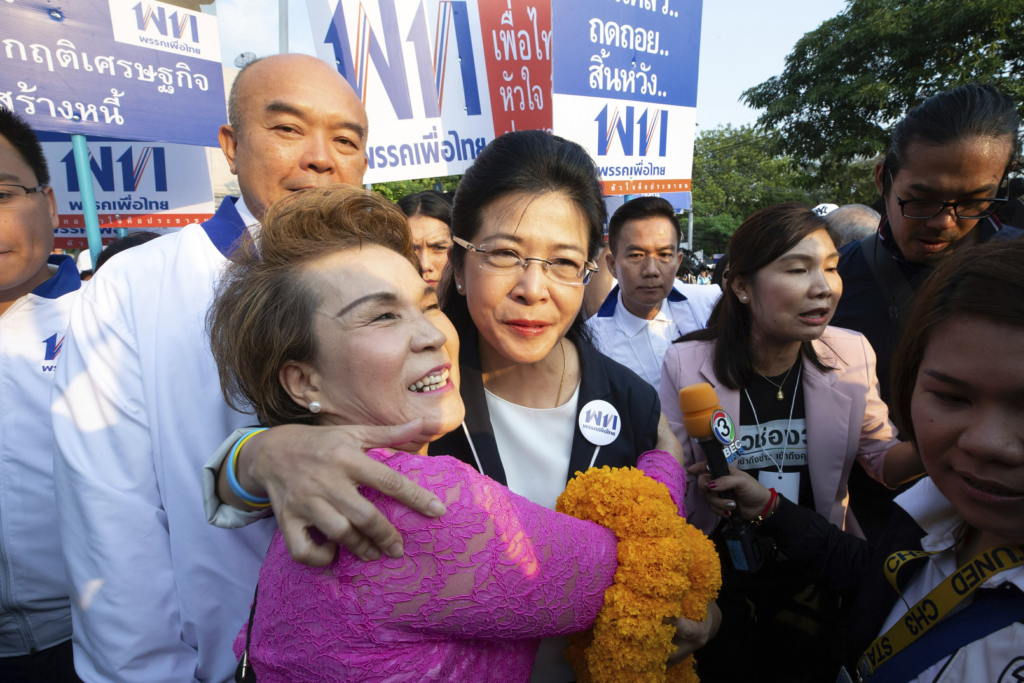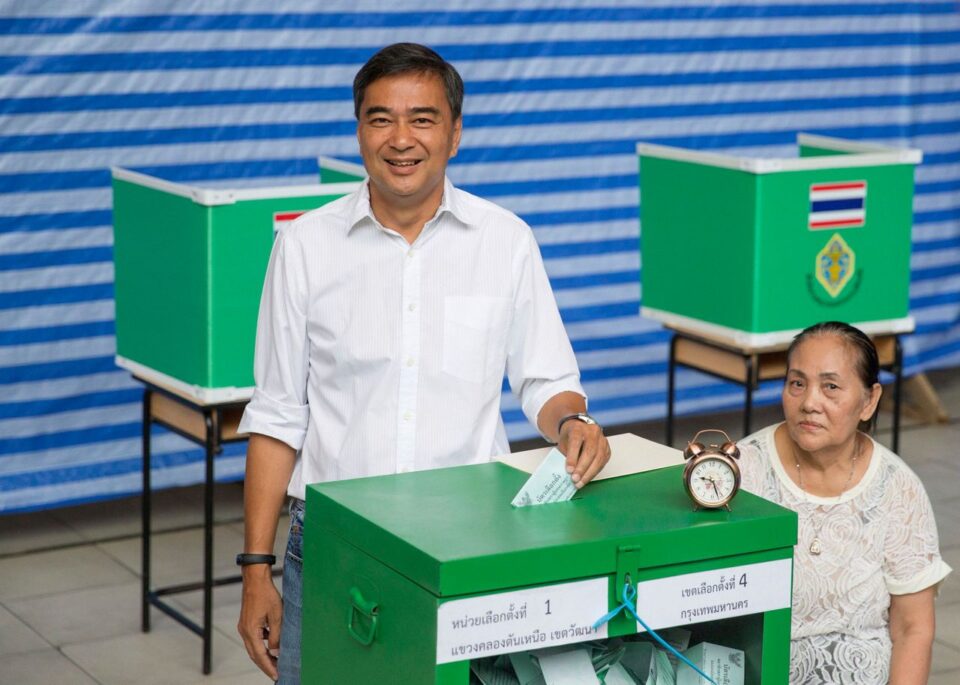There are 63 individuals running for prime minister, who have been nominated by the 43 political parties that will be present on May 14.
A guide to the impending election for Thailand’s top position is provided by Thai PBS World.

How Thailand’s next PM will be chosen
The current Constitution, adopted in 2017, does not mandate that the prime minister be an elected member of Parliament, in contrast to its predecessors.
According to this charter, each political party running in a general election may propose up to three candidates for prime minister through the Election Commission.
One of the candidates’ appointment as prime minister may be discussed and approved by the House of Representatives. For the first five years following the first meeting of Parliament under the 2017 charter, which was in 2019, a transitory article, however, allows the Senate to collaborate with the Lower House in choosing the prime minister. A candidate must receive a majority of votes from both Houses in order to be elected prime minister.
Candidates must come from a party that wins at least 25 MP seats, or 5% of the 500 total seats, and must have the support of at least one-tenth of the House (50 MPs), in order to be eligible for the parliamentary vote.
Following the last election in 2019, only Pheu Thai, Palang Pracharath, Bhumjaithai, the Democrats, and Future Forward qualified to compete for the PM position.
The transitory clause of the charter permits Parliament to consider outsiders for the position of prime minister if no candidate for the position has a majority of support from both Houses, resulting in a deadlock that prevents the formation of a new government. The requirement that PM candidates be party nominees must be supported by at least two-thirds of the lawmakers present in order for this rule to be suspended.
Senate may yet elect a new PM.

After the election next month, senators will still be able to participate in a combined parliamentary session with the newly elected MPs to choose the next prime minister.
On May 24, 2019, five years after the national legislature under the new Constitution convened its first session, the Senate may have exercised this prerogative for the last time.
fantastic candidates for the PM
The 63 contenders for prime minister include the current leader, General Prayut Chan-o-cha, several influential members of the coalition government, strong opponents, and hopeful political newcomers. These are the leading candidates:
A candidate from the opposition Pheu Thai Party, Srettha Thavisin, 60, is a former executive of luxury real estate developer Sansiri. Prayut, 69, is from the United Thai Nation Party, which has only been in existence for a year. Paetongtarn Shinawatra, 36, is the youngest daughter of former Prime Minister Thaksin Shinawatra. Anutin Charnvirakul, 56, is the leader of the coalition’s Bhumjaithai Party. Prawit Wongsuwan, 77, is the leader of the ruling Palang Pracharath Party. Limjaroenrat, 42, is the leader of the opposition Move Forward Party. The Democrats, Thailand’s oldest political party, are a coalition member.
The majority of parties only propose one candidate for prime minister.
Even though the legislation permits up to three nominations from each party, only 29 of them submitted one. Six parties submitted the maximum of three nominations, while eight parties nominated a total of two candidates.
Nine of the 63 candidates for prime minister are female.
Only nine women, or 14% of the total number of 63 candidates for prime minister put out by 43 political parties.
30th Prime Minister of Thailand?
Unless Prayut is successful in reclaiming the top position, in which case the number will remain intact at 29, the following prime minister will be Thailand’s 30th.
Prayut’s tenure is about to expire.
General Prayut will only be permitted to hold office until April 2025 if the joint sitting of both Houses approves his return to the position of premier. This is in accordance with a Constitutional Court ruling from last September.
The court determined that Prayut’s eight-year PM term restriction should begin on April 6, 2017, the day the current charter came into force.
Over the course of more than eight years and seven months, Prayut has led the country. Three months after gaining control in a coup, in August 2014, he was first appointed prime minister.
After the March 2019 election, he received majority support from both Houses and was re-elected as prime minister.
Only two of his predecessors have ever held the position for more than 10 years, if he is able to stay in it for another two years.
Field Marshal Thanom Kittikachorn held the position for 10 years and 6 months, while Field Marshal Plaek Phibunsongkram held it for 15 years and 11 months.




